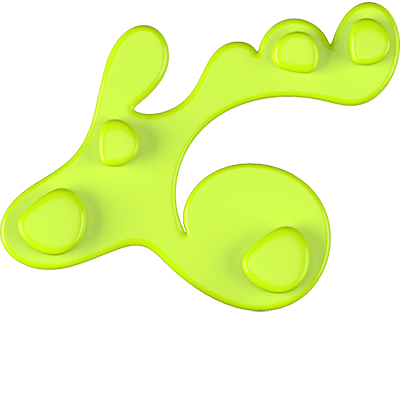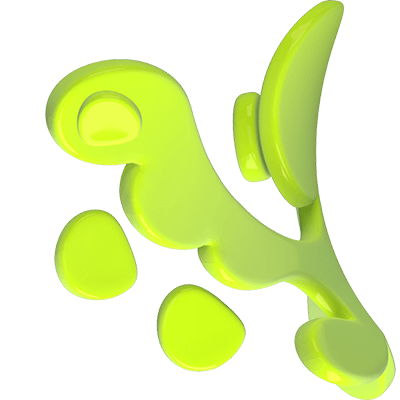







A boat can be seen pulling a large timber raft towards Kustaanmiekka channel, which lies between the islands of Vallisaari and Suomenlinna. It engages in the critical deconstruction of national identity, focusing on the role of forestry in the project of nation building in Finland. It also raises questions about geopolitics, economics, and the logistics of moving raw materials. The artists ask: What do the timber rafts of today and tomorrow represent.
It is said that Finland lives off forests, is in the forest, and is a forest.
At the beginning of the 20th century, artists Akseli Gallen-Kallela and Pekka Halonen were worried about the loss of unspoiled wilderness, which they regarded as the highest and most elemental form of Finnish identity. Sawmill companies and forest capital were reportedly at war in Finland.
***
Economic thinking won the day, and beside the ideal of golden-era ancient pine trees emerged an image of heroic log drivers braving the elements and floating logs for industrial use. The Second World War created an energy shortage, during which private forests were cut down by state order. Clear-cuttings allowed in a state of emergency continued during the decades after the war. Forests became a commercial products, and wood and paper became Finland’s most important export products.
***
The state owns approximately 26% of Finnish woodland. Metsähallitus, managing the state-owned forests, has a contradictory role: on the one hand, it protects nature – on Vallisaari Island, for example – and on the other, it has a performance target defined by the Parliament on an annual basis, which directly affects the number of cuttings. In 2019, the Government declared that Finland will achieve carbon neutrality by 2035, meaning that more carbon sinks are needed. At the same time, Finland started importing wood from Russia.
***
The Russian invasion of Ukraine cut trade relations, and Finnish forests are now being cut more than ever. Demand will increase when the largest bioproduct mill in the world will start operating in Kemi. It uses wood as its raw material.
Due to increased transport costs and insufficient transport equipment for unpredictably massive cuttings, Metsähallitus restarted a centuries-old wood transport method, log floating, in the Saimaa area. In a world in which the fight for resources is intensifying, the possessory relations related to the transport channels define global power structures.
The Saimaa Canal, partly in Russian waters, connects Lake Saimaa with the Baltic Sea. Important for the Finnish forest industry, the canal has quieted down due to the Russian invasion of Ukraine and Finland’s membership in NATO.
Log floating has been promoted as the forest industry’s act for the climate.
Open the camera on your phone and point it at the QR code. You will be directed to an augmented reality (AR) site. Align your screen's lighthouse-icon to the lighthouse facing you in Suomenlinna. Tap the screen and hold still. You can see a nostalgic future image covering the real-life views of cuttings and wood transport.
Tilaaja HAM / Helsinki Biennaali 2023
